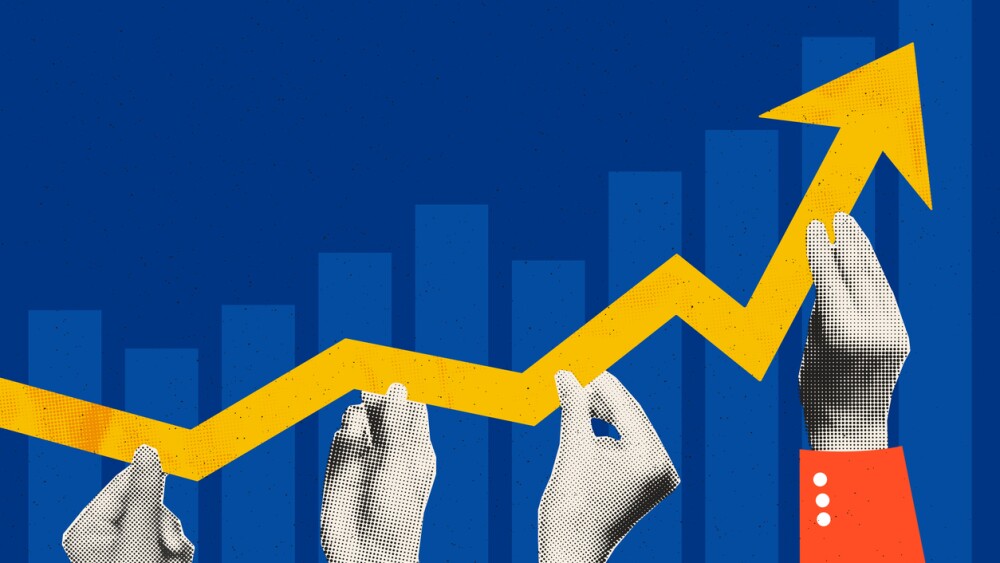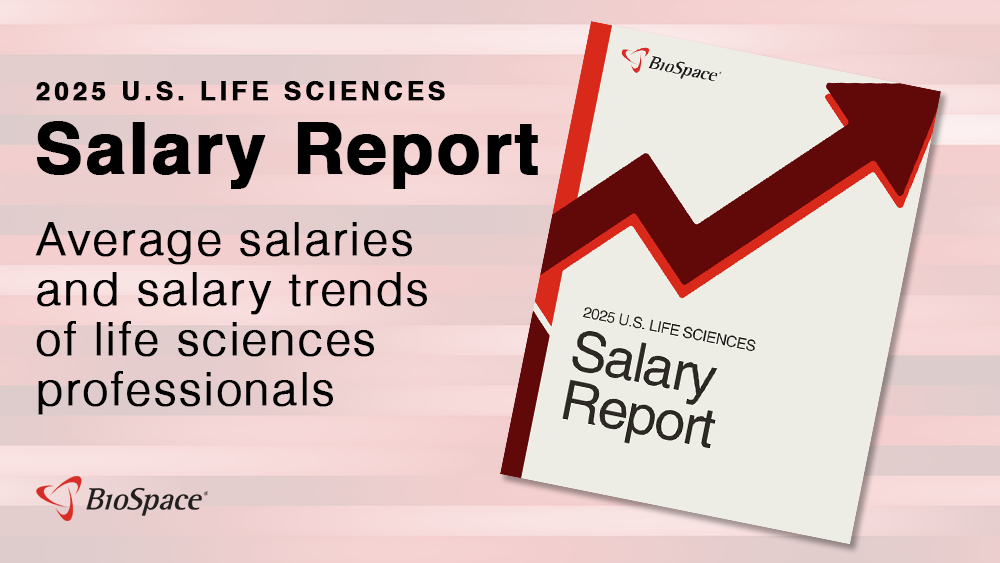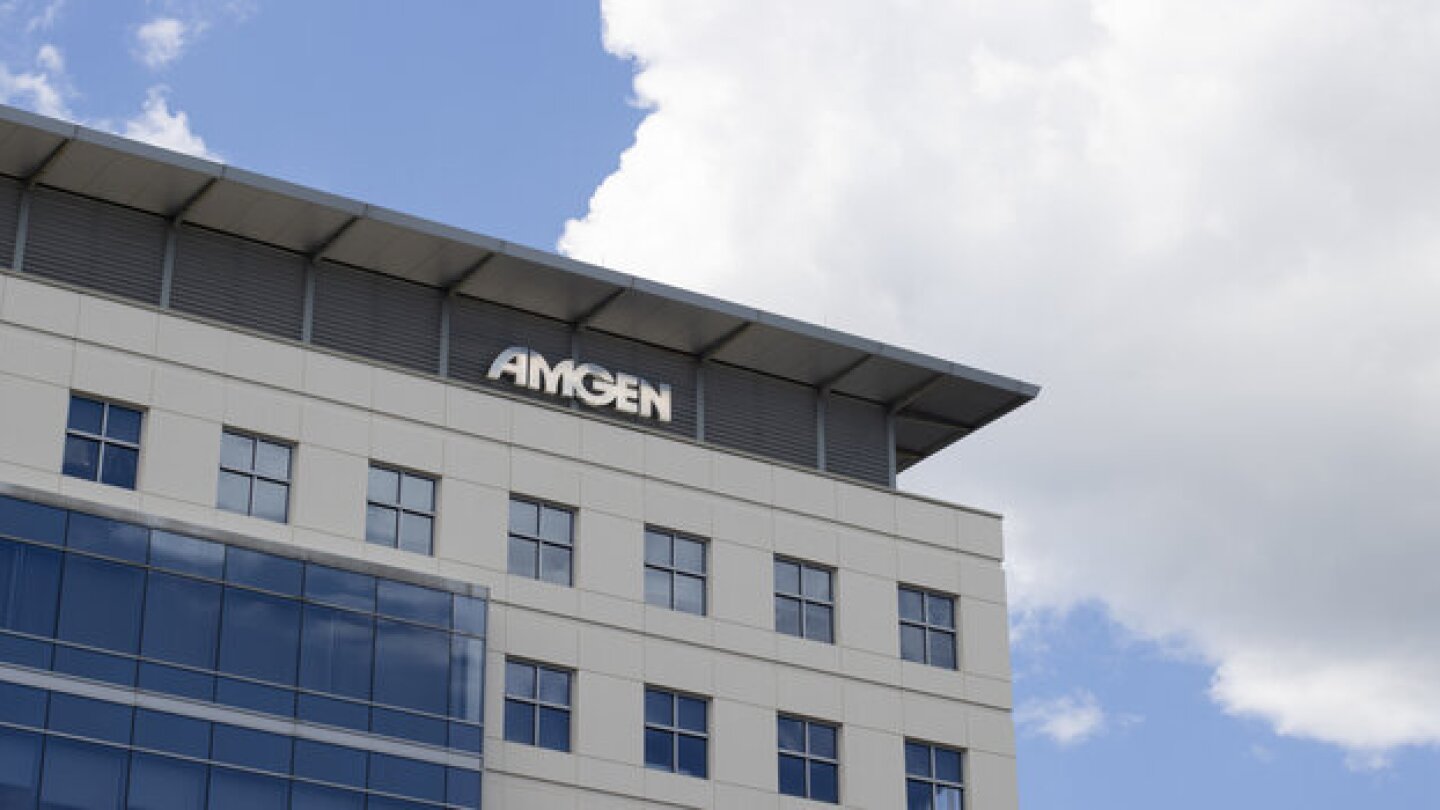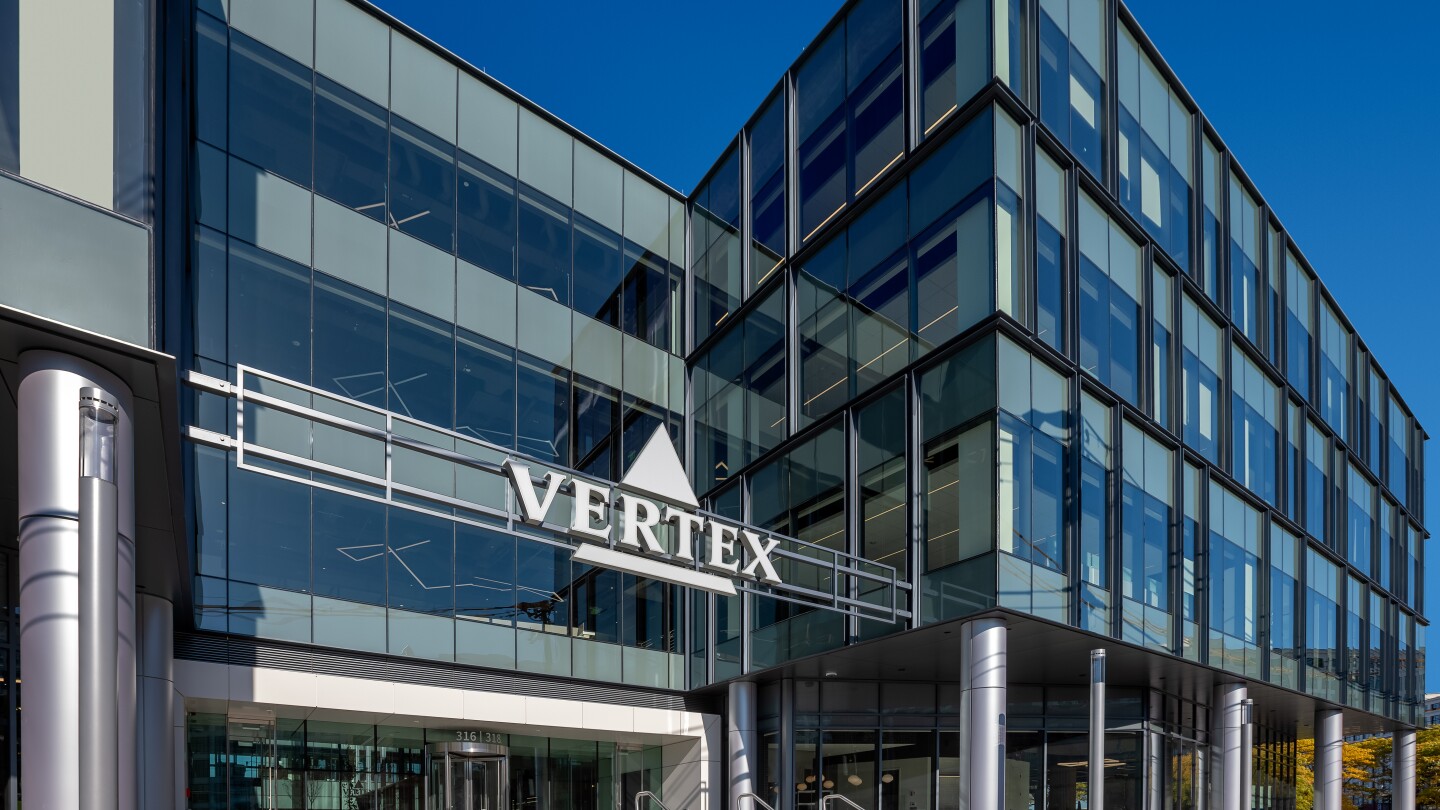News
Representatives from companies such as Sanofi and Forge Biologics point to the potential for PreCheck to drive activation of idle production capacity and help companies that are already building plants.
FEATURED STORIES
The company cut back in areas while investing in internal and external opportunities to offset the loss of exclusivity on a product that until recently accounted for 20% of innovative medicine sales.
To tailor cancer therapies to individual patients, Moderna, BioNTech and other companies are rethinking how they optimize manufacturing schedules and resources.
Recent headlines proclaim a ‘potential’ or ‘functional’ cure for multiple myeloma, but the fight against the disease must continue.
Job Trends
Biopharma employees reporting a positive business outlook for their companies dropped month over month but increased year over year in February, according to the Glassdoor Employee Confidence Index. Glassdoor’s findings align with recent BioSpace data.
FROM OUR EDITORS
Read our takes on the biggest stories happening in the industry.
Big Pharma had plenty of drama to keep journalists busy this quarter, which painted an accurate portrait of the wild and wonderful world of biopharma.
THE LATEST
Harmony Biosciences has paused a mid-stage trial of ZYN002 in 22q11.2 deletion syndrome after the THC-free cannabinoid drug failed to significantly improve social avoidance in a late-stage study in fragile X Syndrome.
Amgen remains confident in its obesity asset MariTide, for which it has launched a broad Phase III program.
Due to the litigation Pfizer filed Friday and Monday against Metsera, Novo Nordisk and the biotech’s lead shareholder, CEO Albert Bourla was limited in what he could say. But he said Pfizer was the best fit for Metsera.
Both companies have submitted revised bids, with Novo’s coming in $1.9 billion higher than Pfizer’s.
The potential approval of Vertex’s IgAN therapy povetacicept in 2026 comes amid launch headwinds for the company’s non-opioid pain medicine Journavx and gene therapy Casgevy.
Sarepta nevertheless plans to push for full FDA approval of Vyondys 53 and Amondys 45 based on what it said are “encouraging trends” in efficacy.
Kygevvi is indicated for patients with thymidine kinase 2 deficiency whose symptoms arise by 12 years of age. The disease manifests as muscle weakness and can become life-threatening in severe instances.
Had Pfizer’s Freda Lewis-Hall not stepped in, SpringWorks’ rare disease treatment may never have reached patients. Pharmas can act now to help find the next Gomekli.
Having seen Congress spend money to onshore semiconductor production, pharma groups are pushing for similar incentives for domestic drug manufacturing.
BioSpace has named 50 life sciences companies to its 2026 Best Places to Work list. AbbVie, Amneal Pharmaceuticals and BridgeBio executives share what makes their organizations special.






















